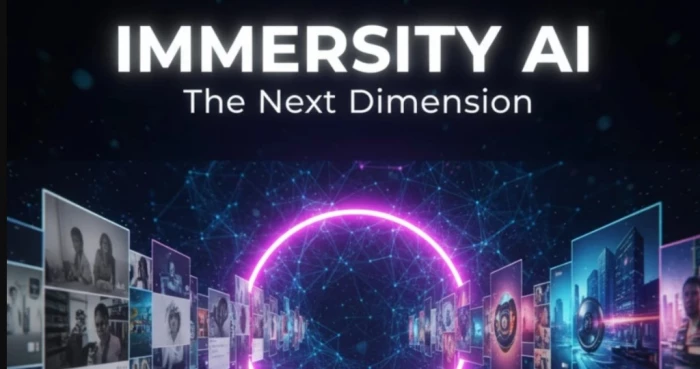

Immersity AI transforms ordinary photos and videos into immersive 3D experiences through advanced AI and switchable-display technology, redefining how we create and view digital content.

Immersity AI is developed by Leia Inc., a company founded in 2014 by physicist Dr. David Fattal. The company originally built its reputation through light-field display technology, which enables 3D visualization without the need for glasses. In 2023, Leia expanded its patent library by acquiring more than 500 display and imaging patents from Royal Philips, giving it one of the largest intellectual property portfolios in the immersive display industry.

In mid-2024, Leia rebranded its widely used LeiaPix platform as Immersity AI. The shift signaled a broader vision: to deliver immersive content that can function across all devices rather than being limited to proprietary displays. This transition positioned Immersity AI as a device-agnostic immersive ecosystem, merging hardware innovation with scalable AI software.
The company’s mission remains clear; to make immersive experiences as accessible as photos or videos are today.
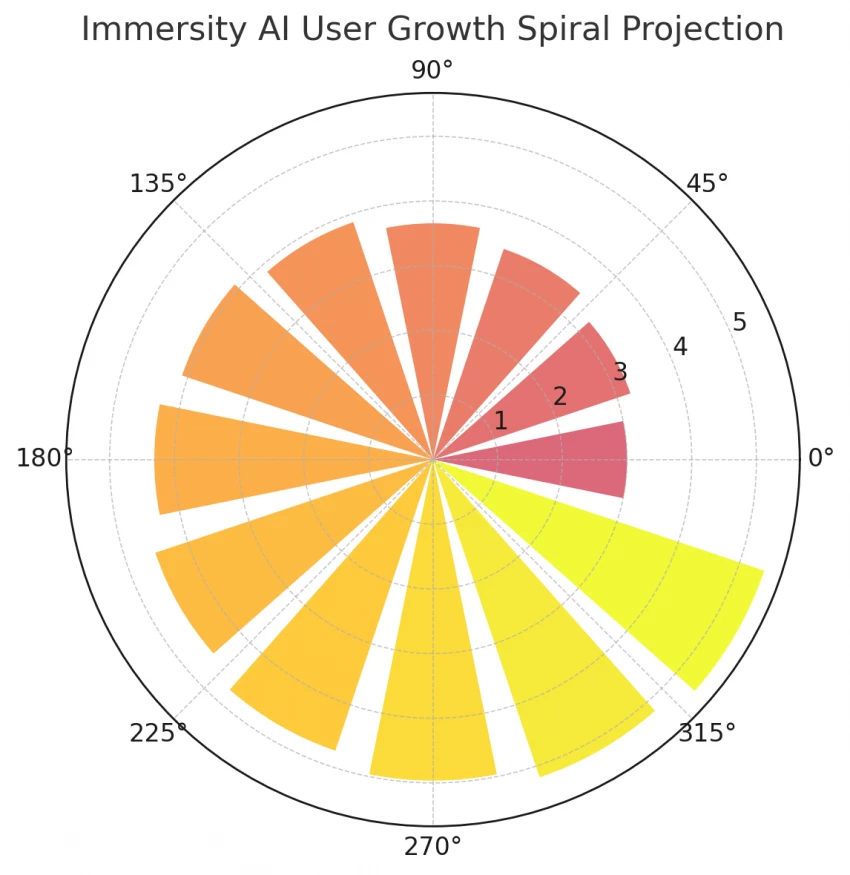

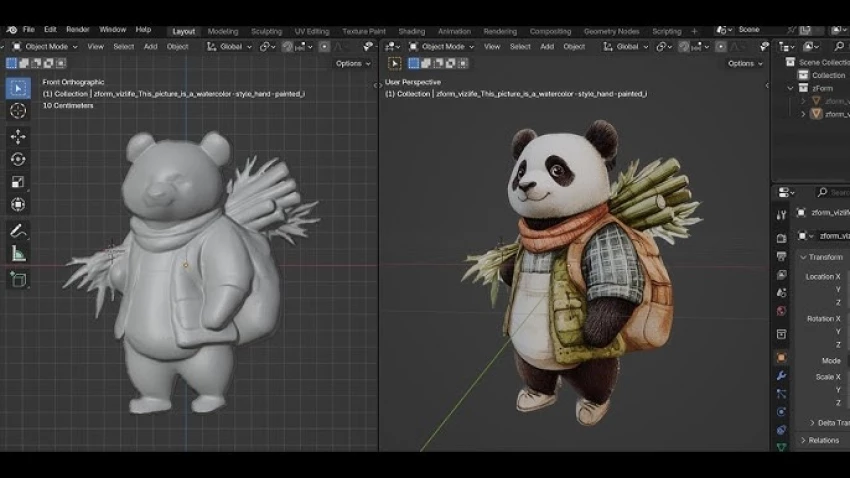
Immersity AI’s innovation rests on three pillars: the Neural Depth Engine, switchable-display hardware, and spatial intelligence.
At the heart of Immersity’s technology is its Neural Depth Engine, which interprets spatial depth in 2D images and videos. By mapping layers, motion, and perspective, the engine produces realistic 3D conversions that capture natural parallax and depth. According to company data, the platform has already converted over three million images from users worldwide.
The 2024 update introduced full 2D-to-3D video conversion, enabling smoother motion and higher fidelity in dynamic scenes. The Neural Depth Engine uses large-scale AI models trained on millions of depth-labeled images to achieve more accurate separation of foreground and background elements.
Leia’s hardware division complements the AI software through switchable-display panels that toggle between standard 2D and multi-view 3D output. These displays maintain full 4K resolution in 2D mode while rendering up to 12 simultaneous light-field views in 3D. The ability to switch seamlessly between modes eliminates a major barrier that previously limited consumer adoption of 3D displays.
Immersity’s spatial AI dynamically adapts content to the viewer’s position using head and eye tracking. This enables a natural sense of motion parallax and personalized immersion. It also serves as a foundation for future AI systems that interact with the physical world rather than flat screens.
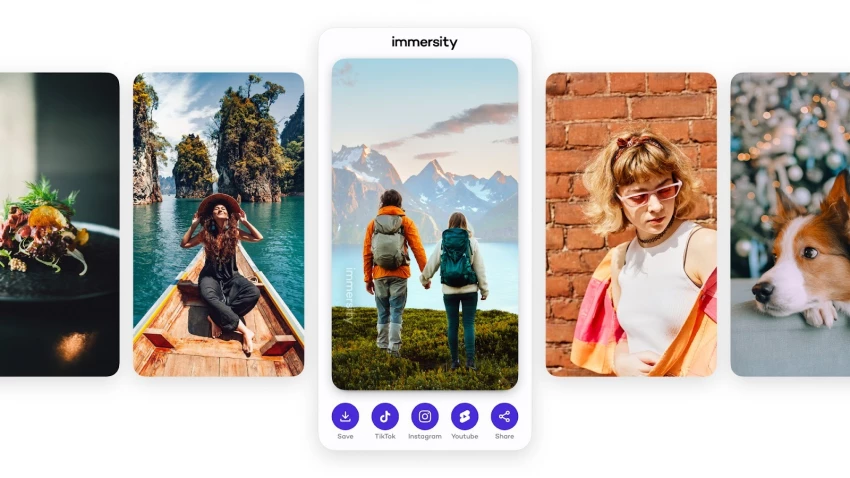
Immersity AI operates across multiple environments, targeting both consumers and enterprise users.
The Immersity mobile app, available on iOS and Android, converts ordinary photos into immersive motion clips. Users can control depth intensity, and motion angles to produce short, cinematic effects optimized for social media. Version 4.0, released in 2025, added neural rendering and improved realism, especially in human portraits and landscape shots.(Forbes)
The web platform serves creators and professionals, offering higher-resolution conversions, cloud storage, and API access. It supports both image and video uploads and provides direct export formats for social platforms and XR environments.
For manufacturers, Immersity offers hardware and software licensing that embeds its immersive engine into devices such as laptops, tablets, and automotive displays. Earlier collaborations with brands like Acer showcased how integrated displays can create a more lifelike media experience without requiring external accessories.
Leia’s comprehensive patent base, now exceeding 2,000 filings, makes Immersity one of the most defensible players in immersive imaging. The company’s partnerships span consumer electronics, automotive displays, and entertainment.
As of late 2024, the Immersity ecosystem reported over three million users and continued to grow at approximately 200,000 new users per month following the introduction of video conversion. This traction suggests strong consumer interest and a viable path toward monetization through subscription tiers, licensing, and enterprise partnerships.
Strategic collaborations have also extended into the creative industry. For instance, Apple Music’s Album Motion project used Immersity’s rendering pipeline to add depth and motion effects to album art.
Here are some notable data points and observations:
| Metric | Value / Note |
| Users (image conversion) | ~3 million users by launch of video tool (mid-2024) |
| Monthly user growth | ~200,000 new users/month at video launch |
| Website traffic (Toolify estimate) | ~48.7K monthly visitors at tool listing stage (Aug 24–Sep 25) |
| Patent acquisitions | >500 patents added via Philips acquisition in 2023; total claimed ≈2,000 patents |
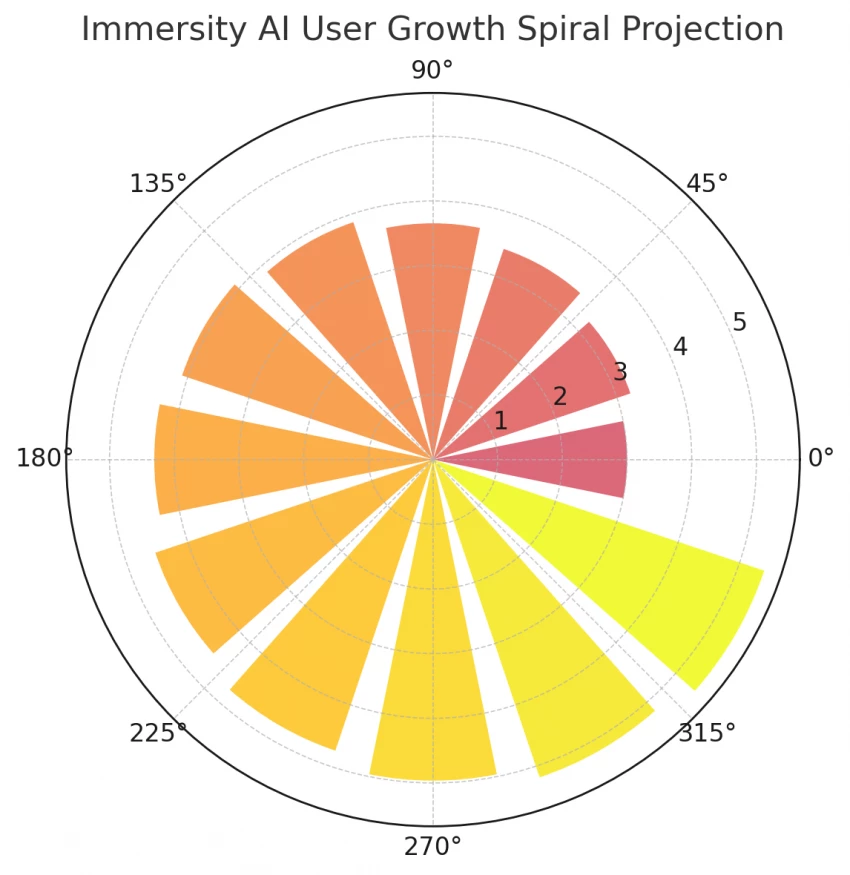
Immersity’s applications stretch across consumer, creative, and enterprise domains.
The platform allows users to transform ordinary photos or videos into immersive digital memories. Whether for personal galleries, reels, or social media posts, the app delivers cinematic depth and motion within seconds.
Photographers, advertisers, and designers can use Immersity’s depth-mapping and motion tools to create more captivating visuals. For example, a static product shot can be transformed into a looping 3D display, adding emotional and visual impact.
OEMs can integrate Immersity technology directly into their devices. This gives manufacturers a differentiator—built-in 3D visualization capabilities without the need for headsets or glasses.
Suggested Graph Placement:
Add a network-style ecosystem diagram here to visualize the flow between users, creators, and OEMs.
Immersity’s revenue model combines freemium consumer access with enterprise licensing.

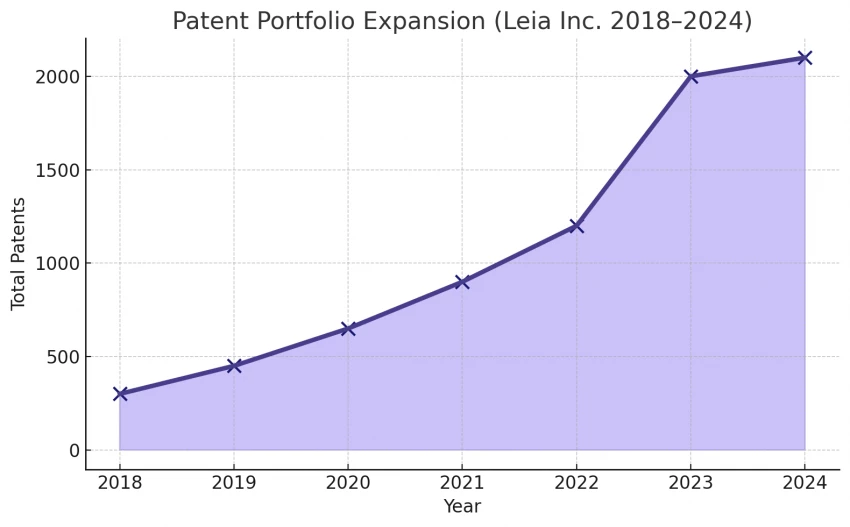
Leia’s IP growth has been pivotal. From 300 patents in 2018, the company expanded to over 2,000 by 2024. These cover AI depth estimation, light-field display manufacturing, and immersive rendering algorithms.
Insert Graph Here:
Use the “Polygon-Shaded Patent Growth Chart” to show Leia’s expanding IP portfolio between 2018 and 2024.
Challenges
Future Outlook
The next phase for Immersity likely involves:
As Immersity processes personal photos and videos, data privacy and consent are critical. Users should be informed about how their content is processed and stored.
The company must also consider accessibility, ensuring immersive visuals remain inclusive for users with vision differences or sensory sensitivities.
If user growth continues at 200,000 new users per month, Immersity could surpass 5.4 million users by the end of 2025. Assuming even 10% of those convert to paid tiers at $10 per year, consumer revenue could reach approximately $5 million annually, excluding OEM and licensing revenue.
Combined with hardware partnerships, the company’s total revenue potential could exceed $20 million annually within two years.
Immersity AI sits at the intersection of AI creativity and spatial computing. It offers a bridge between today’s flat digital content and tomorrow’s three-dimensional media environments.
What makes it special isn’t just the ability to add depth to a photo, it’s how seamlessly it brings immersion into everyday devices. With a strong patent backbone, a growing global user base, and cross-device adaptability, Immersity AI has positioned itself as the most scalable entry point into the immersive content revolution.
Be the first to post comment!